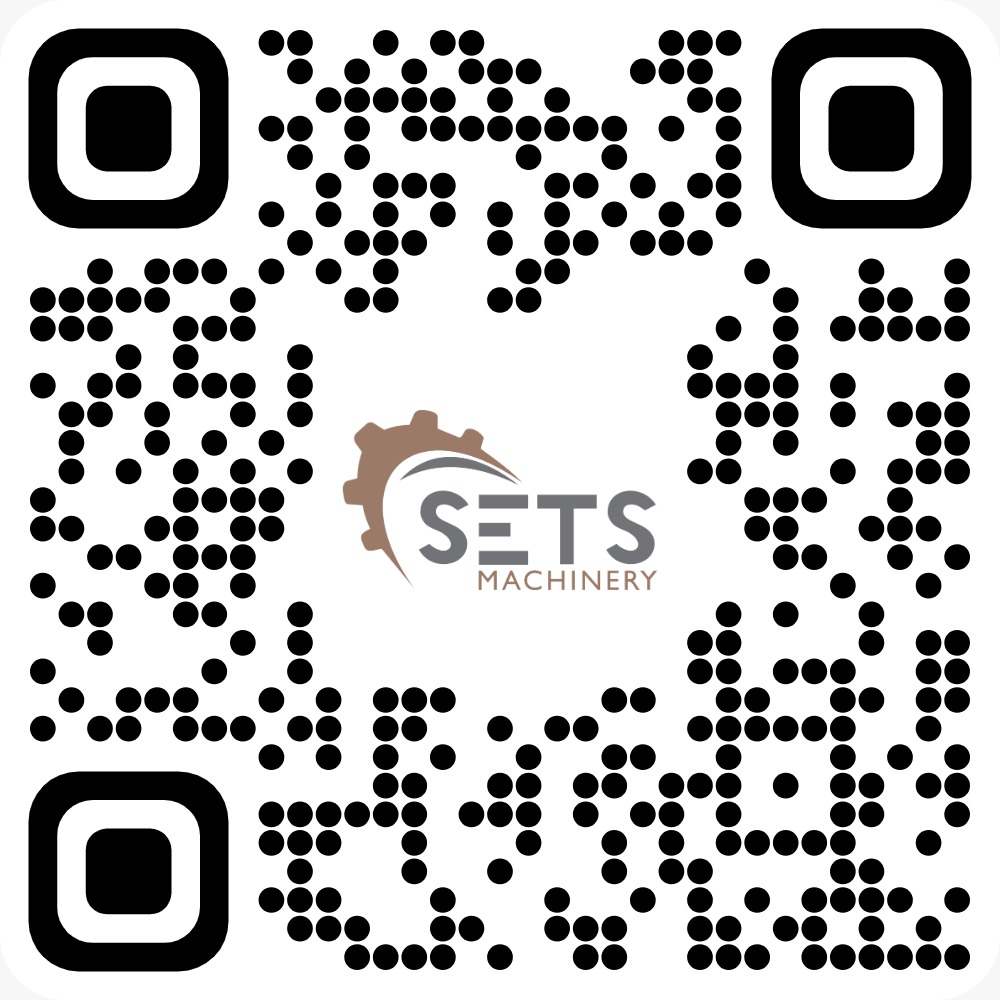The Evolution of Surface Finishing: From Manual to Automated Solutions

The Evolution of Surface Finishing: From Manual to Automated Solutions
Surface finishing has evolved dramatically - from the labor-intensive manual methods of ancient times to today's sophisticated, automated technologies. Modern surface finishing machine manufacturers have revolutionized this transformation by developing advanced equipment and automation solutions that efficiently modify an object's surface to achieve precise aesthetic and functional properties.
In early handicraft traditions, achieving smooth surface finishes was an entirely manual process. Artisans relied on simple, time-tested tools and techniques - often refined over generations - to shape, smooth, and decorate objects. This painstaking approach was inherently inconsistent, as the final quality depended entirely on individual craftsmanship. The limitations were significant: projects demanded extraordinary time investment, results varied dramatically between artisans, and reproducing identical finishes proved nearly impossible.
The surface finishing has evolved dramatically during the Industrial Revolution. The development of steam-powered and then electric-powered technology paved way for surface finishing machine manufacturing and automatization of the surface finishing processes.
Though polishing on the surface is still primarily manual, even with these initial technological advancements. Still, there are major number of industries dependent on human efforts to carry out the surface finishing process.
Developments During The 20th Century
Yes, major developments in surface finishing technologies persisted during the 20th century. The variety of finishes could be produced, and their durability was enhanced by the development of new materials, including coatings and synthetic abrasives. Chemical processing innovations like electroplating and chemical etching enabled the creation of intricate patterns and textures.
Automobile usage has quite likely influenced the surface finishing fields. Robots, automated equipment finishing systems and Computer Numerical Control devices transformed the sector by facilitating formerly unimaginable dimensions of accuracy, productivity, and consistency.
The Rise of Automated Finishing:
Industrial robots transfer components from workstation to workstation, manage parts and perform finishing operations. Intricate shapes and geometries can be effectively finished due to their flexibility and programmability.
CNC deburring, polishing, and grinding machines provide precise control of the finishing process, ensuring close tolerances and consistent results.
To inspect finished items for defects and ensure that they satisfy quality standards, a vision system and other sensors are used.
The need for manual handling and improving efficiency, conveyor systems, automated guided vehicles and other material handling devices streamlines the movement.
Advanced software and control systems enhance process parameters, enable real-time feedback and monitoring, and help integrate multiple finishing processes.
Benefits of Automated Surface Finishing:
Producers can make more parts in a shorter period due to automation's capacity to reduce cycle times and increase throughput.
Automated systems minimize defects and enhance product quality by creating consistent and repeatable finishing results.
Remove the necessity for human labor, automation reduces operating costs and allows employees to work on other projects.
Automated systems restrict human contact with possibly hazardous materials and processes, they reduce the chances of occupational accidents.
It’s easy to operate CNC machines and programmable robots to accommodate different parts and finishing requirements.
The elimination of the uncertainty that accompanies manual finishing, automation ensures consistent quality across all parts.
Future of Surface Finishing:
Increased Automation & Robotics – more sophisticated and autonomous finishing systems will be the outcome of increased robotics, AI, and machine learning advancements.
Digitalization – Real-time monitoring, predictive maintenance and data-based finishing process optimization will be enabled using digital technologies like cloud computing and the Internet of Things.
Sustainable Finishing Solutions – With environmental concerns on the rise, there will be increasingly greener finishing ways that are lower in energy and waste.
Advanced Materials and Coating – Development of new coatings and materials with enhanced properties will enhance the range of finishes possible and improve their functionality.
Micro & Nano Finishing – With the increasing demand for smaller parts, advanced finishing techniques for micro and nanoscale applications.
Conclusion –
Surface finishing has remained continuously innovative and evolving as it transitioned from manual to automated processes. Current automated finishing systems deliver never-before-seen levels of precision, productivity, and consistency, enabling manufacturers to meet the increasingly demanding needs of modern industries. Surface finishing in the future will boast even greater levels of automation, sustainability, and performance as technology advances. SETS is one of the highly recognized companies providing the cutting-edge Automatic spray machine manufacturer in Jaipur with upgraded technologies. With years of experience in machinery and automation, and a relentless pursuit of innovation in machinery.



